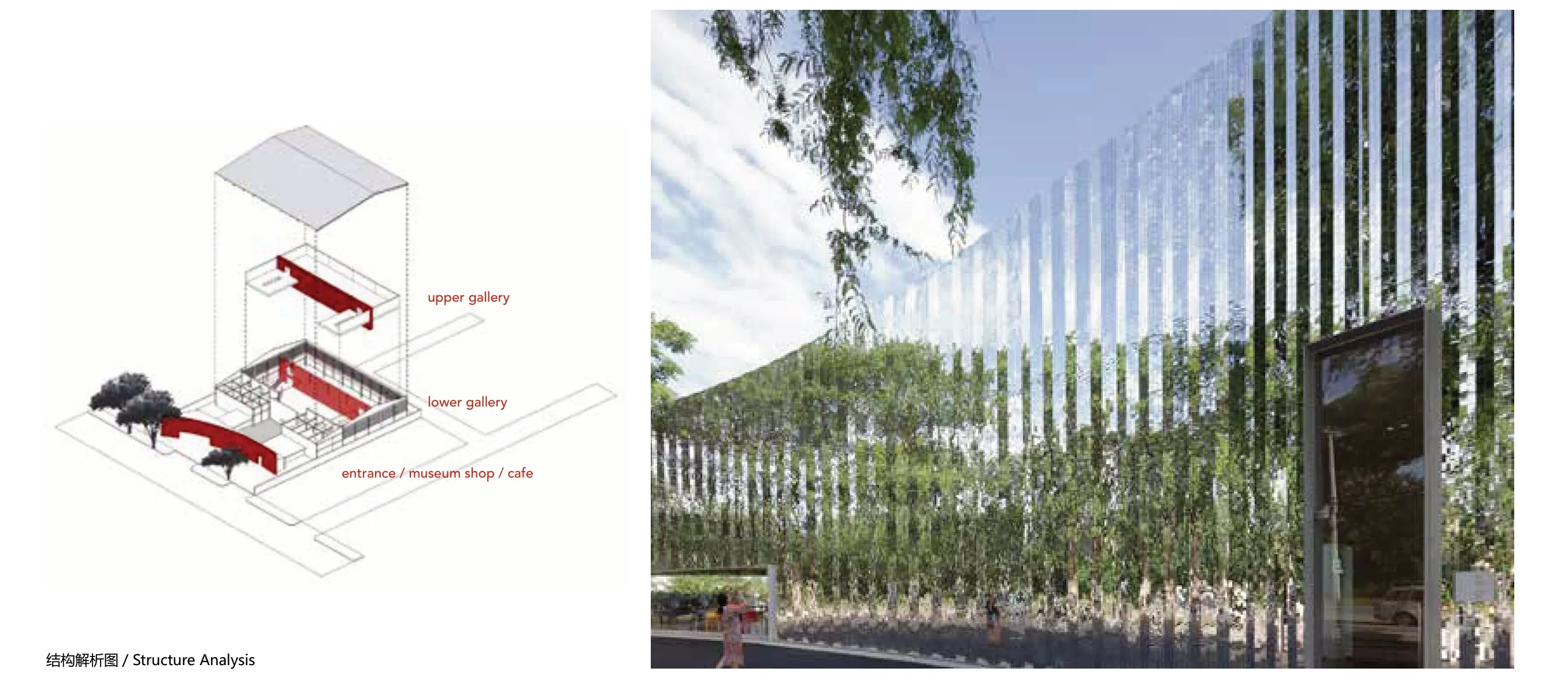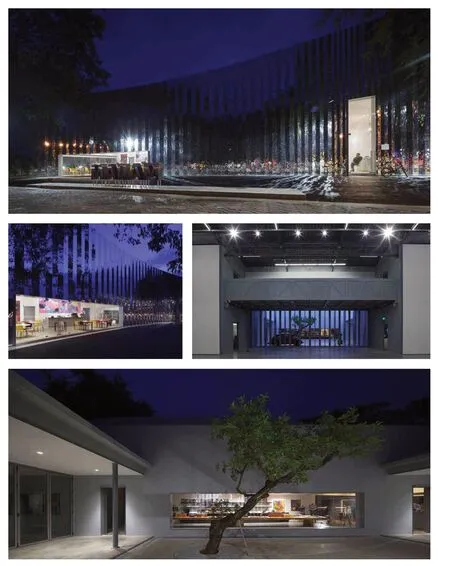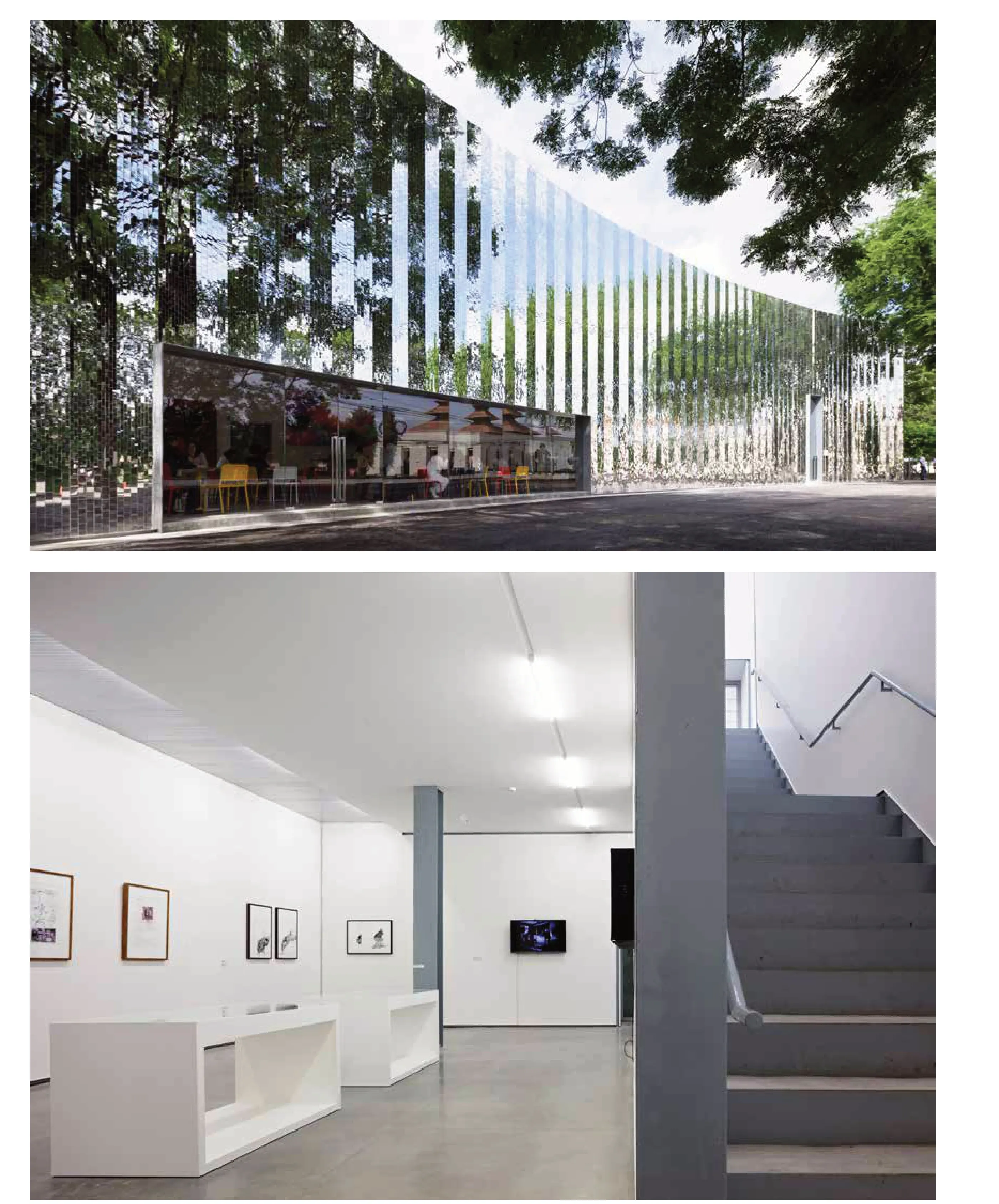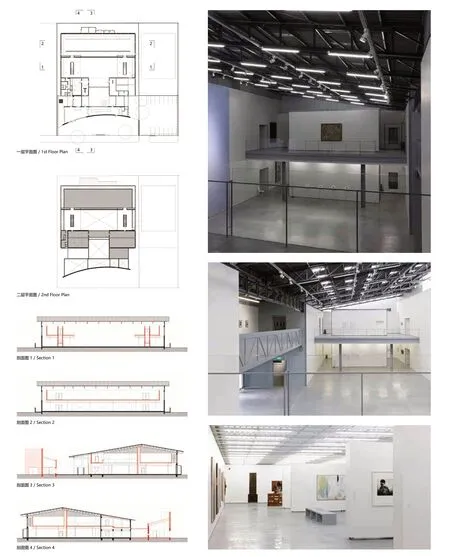MAIIAM当代艺术博物馆
2020-04-03RachapornChoochuey,SorawitKlaimak,AsrinSanguanwongwan等
项目地点:泰国清迈
建设单位:MAIIAM当代艺术博物馆
用地面积:3 700平方米
总建筑面积:3 330平方米
楼层数:2层
建筑设计:all(zone)
设计团队:Rachaporn Choochuey, Sorawit Klaimak,Asrin Sanguanwongwan, Aroonrod Supreeyaporn
协同设计:Sarin Nilsonthi
建筑施工:Urban Form
结构工程师/水电工程师:Next Innovation
照明设计:Kris Manopimok
日光设计:Narongwit Areemit
景观设计:Rachaniporn Tiempayotorn
设计时间:2015-2016年
竣工时间:2016年
摄影:Soopakorn Srisakul
Location: Sankampheng, Chiang Mai, Thailand
Client: MAIIAM Contemporary Art Museum
Site Area: 3 700 m2
Gross Built Area: 3 330 m2
Floor Numbers: 2
Architects: all(zone)
Design Team: Rachaporn Choochuey, Sorawit Klaimak,Asrin Sanguanwongwan, Aroonrod Supreeyaporn
Design Collaboration: Sarin Nilsonthi
Construction Company: Urban Form
Structural Engineer / Engineer (Water and Electricity): Next Innovation
Lighting Designer: Kris Manopimok
Daylight Designer: Narongwit Areemit
Landscape Architect: Rachaniporn Tiempayotorn
Design Year: 2015-2016
Completion Year: 2016
Photography: Soopakorn Srisakul
位于泰国最具文化气息的城市之一清迈的MAIIAM当代艺术博物馆,作为泰国第一家当代艺术博物馆,旨在为泰国及该地区的艺术增光添彩。一个旧仓库被改造成一个艺术之家,一个安静但便利的平台,用于举办各种各样的活动,试图保持地方的工业精神。艺术空间的自然光通过简单的当地材料和复杂的计算来实现。前面的部分作为辅助设施添加到画廊空间。沿着公路的主立面铺上了数以百万计的微型装饰镜面瓷砖,这些瓷砖通常用在传统泰国建筑中,并采用了新技术。镜子有助于将建筑与周围环境融为一体,反之亦然,表明建筑的意图就像一张空白的画布,为所有的艺术操作做好准备。
Situated in one of the most cultural city of Thailand, Chiang Mai, MAIIAM Contemporary Art Museum aims to brighten up art scene in Thailand and the region as the first contemporary art museum in the country. An old warehouse is transformed into a house of art, a quiet but well-facilitated platform for wide range of activities, with an attempt to keep the industrial spirit of the place. Natural light for art space is achieved through simple local materials with sophisticated calculations. The front part is added as supporting facilities to the gallery space. The main facade along the highway is cladded with millions tiny decorative mirror tiles as of those commonly used in traditional Thai architecture with new techniques. The mirrors help to dissolve the building into the surroundings and vice versa,stating architecture’s intention as a blank canvas ready for all art operations.




